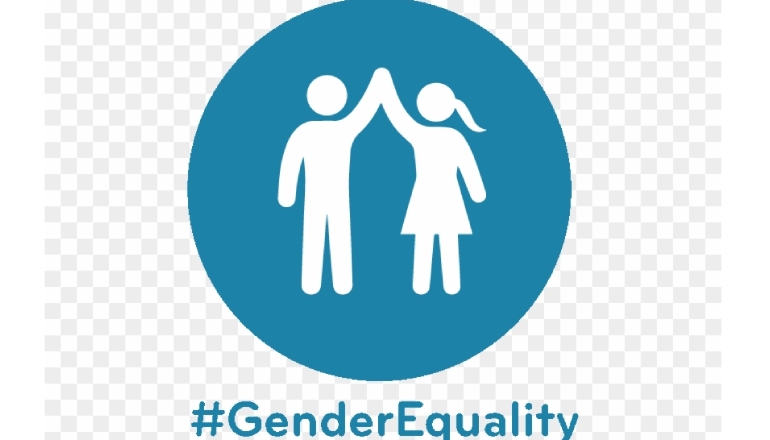India is making slow but steady progress in the gender equality index. As per the new report published by the UNDP Gender Inequality Index (GII), India moved 14 places forward this year. Let us look at the initiatives that probably helped the country improve its position among its global peers.
Women-centric initiatives can be broadly classified into three categories: education, safety, and financial security. The government has launched and implemented various policies like Beti Bachao Beti Padhao (BBBP). According to government data, crores of women have benefited from these schemes.
The following schemes in India have also benefited women immensely:
- Stand Up India provides loans and support to women entrepreneurs
- Skill India Mission focuses on equipping women with industry-relevant skills
- One-Stop Centre (OSC) scheme offers integrated support to women affected by violence, including medical aid, legal assistance, and counseling.
- Women Helpline (181) provides 24/7 immediate assistance to women in distress.
- Mahila Police Volunteers (MPVs) raise awareness about women’s safety and work with police to ensure their security in public spaces.
- Sukanya Samriddhi Yojana scheme encourages parents to save for their daughters’ futures.
- Pradhan Mantri Mudra Yojana (PMMY) provides women microentrepreneurs with easy access to loans.
- Mahila Shakti Kendra (MSK) acts as one-stop shop for women, providing them with information and support on various government schemes and initiatives.
These schemes gave wings to women, especially girls, who can dare to dream of access to education and a better future. Undoubtedly, crores of women have benefited from these schemes, as per government data.
The government’s upskilling and loan accessibility initiatives are beginning to yield positive results. The number of female entrepreneurs in India is increasing. Remarkably, these female business owners favor hiring female staff members. She may have made the choice on purpose because she identifies with another woman’s issue.
How have these initiatives transformed the lives of the girls/women?
But gender inequality is also a hard truth. The gender bias not only exists in rural areas, but it is also present in Tier-1 and Tier-2 cities, perhaps even more so in these affluent regions. Easy access to education, greater employment options, and occasionally pay parity or increase do not absolve women of domestic duties. Rich and independent women in the upper classes of society are also compelled to toe the line and endure abuse, as revealed by the shocking confession of a well-to-do woman director who claims to have been the victim of abuse and domestic violence.
Regretfully, women’s circumstances are not all that different elsewhere. In addition to silently suffering from violent in-laws and inebriated spouses, they also horrifyingly endure abuse at the hands of their fathers, uncles, or brothers. We are exposed to heart-wrenching accounts of women suffering abuse simply because they belong to a specific caste or religion, or as a result of family strife.
The narrative is, however, evolving. And women are leading the change. Daughters and mothers are standing up for one another. Mothers and mothers-in-law, too, are breaking the hierarchy and supporting the women in their homes. The Indian woman now has confidence and the will to follow her passion, thanks to financial inclusion, independence, and education.
Once considered a taboo, women leaving their husbands are no longer viewed with contempt. The glass ceiling is breaking. Women are helping fellow women in shattering the stereotype. Mothers, sisters, and sisters-in-law are driving this trend, which is becoming ingrained in household culture. For example, I am aware of modern mothers-in-law who prepare and pack lunch boxes for their DILs. The new trend is inspiring and interesting. It is bringing families together.
As the nuclear family becomes the new norm, female bonding is supporting a new area in Indian households that includes togetherness and happiness in addition to financial stability.
Now, I wait for that day when I see India in the doubt digit ranks in the UNDP index.

